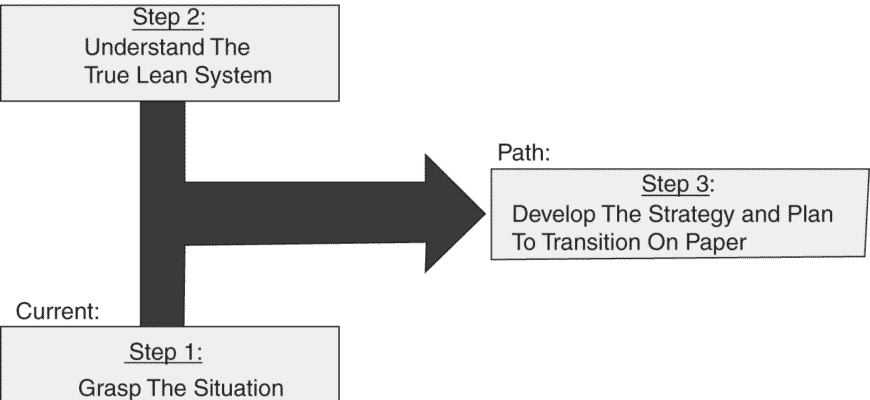When faced with opposing ideas, it often falls on the leader to find common ground. The key is to resolve the conflict in a way where everyone comes out a winner. Do both parties get everything they want? Probably not, but the art of compromise is that both parties get something they want. The challenge is getting there.
Compromise too often earns a negative connotation. Those who criticize compromise associate it with capitulating ideals or surrendering otherwise high standards. Instead of a possible win/win that could produce a better outcome, they view it as a lose/lose where both solutions are watered down for the lowest common denominator. One person who feels this way is Larry David.
When preparing for his Broadway debut, Larry spoke to NPR about being true to his vision.
Contents
- I don’t think that my hand would’ve cooperated with my brain if my brain was telling my hand to write something it didn’t really want to write. I remember when there was some interference from NBC with Seinfeld when we first started doing it, and fortunately I didn’t have a family at the time, so it was very easy for me to say to them, ‘No, I’m quitting. I’m not going to do that. I don’t want to do that and I can’t do it.’ And for me, it wasn’t a big deal to just pack up and go home.
- That’s the first piece of advice I’ll give anybody who wants to get into this: Don’t have a family for a while, until you’re successful, because it will just make it very hard to ever get out of things and you’ll always have to compromise. But I didn’t have to compromise because I didn’t have a family.
- Share here:
I don’t think that my hand would’ve cooperated with my brain if my brain was telling my hand to write something it didn’t really want to write. I remember when there was some interference from NBC with Seinfeld when we first started doing it, and fortunately I didn’t have a family at the time, so it was very easy for me to say to them, ‘No, I’m quitting. I’m not going to do that. I don’t want to do that and I can’t do it.’ And for me, it wasn’t a big deal to just pack up and go home.
That’s the first piece of advice I’ll give anybody who wants to get into this: Don’t have a family for a while, until you’re successful, because it will just make it very hard to ever get out of things and you’ll always have to compromise. But I didn’t have to compromise because I didn’t have a family.
Larry is known for these bold statements. He will quit before being forced to make a change. That’s the prerogative of an artist who has the flexibility to pack it up at a moment’s notice. Leaders, however, must serve a different purpose.
Organizations thrive on differences of opinion. If everyone who doesn’t get their way simply quits, the organization is bound to crumble. Leaders are the glue to bring the differences together and find compromises that both parties can live with. To coordinate this endeavor, there are four steps to guide your efforts.
- Start with realistic expectations. The process is only effective if everyone is willing to participate through a give and take. Make sure everyone understands how compromise works and consents to keep an open mind.
- Communicate needs and wants. Both parties get a chance to make their case. Set a time limit and don’t allow interruptions.
- Q&A. Once initial proposals have been presented, both sides can dig deeper into the other’s proposal. They can ask questions, “constructively” debate details, and get a fuller understanding of how the opposing plan would work. Ensure that this remains a discussion, not an argument.
- Make a decision. As the leader, you have the final say. Weigh the pros and cons of both sides. What aspects of each are most valuable? Will the resolution be perceived at fair? How will you communicate it? Whatever you decide, own it. Your buy-in and ability to defend your decision will determine success.
If you are developing a television show and have nothing to lose, the “Larry David School of Conflict Resolution” is for you. However, if you are trying to generate the best possible idea that will aid your organization, consider a more leader-esque solution. Help your team find compromises that don’t compromise their integrity. Make them part of the process so they can be proud of the outcome. And try to decrease the “curb” in their “enthusiasm.”






